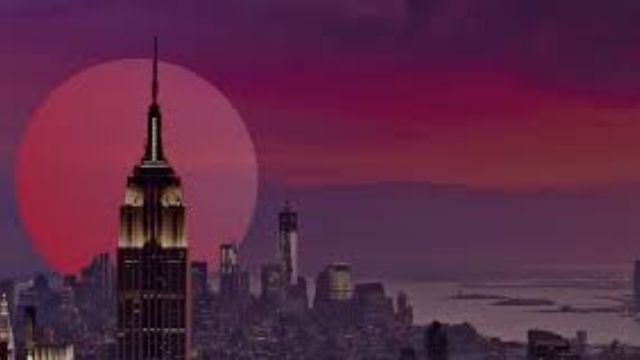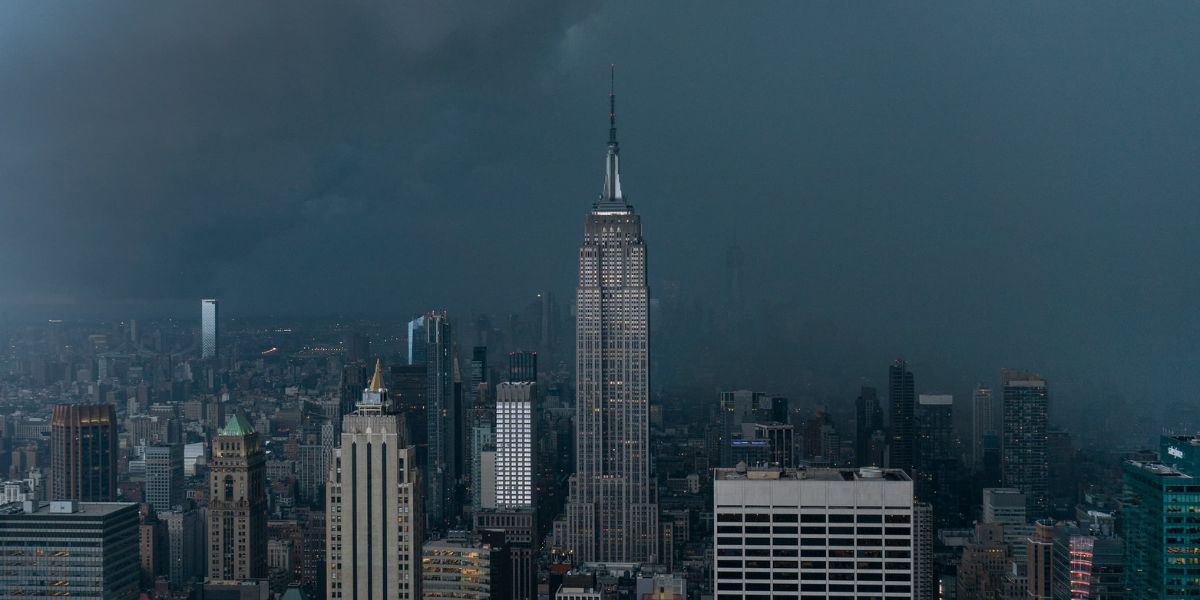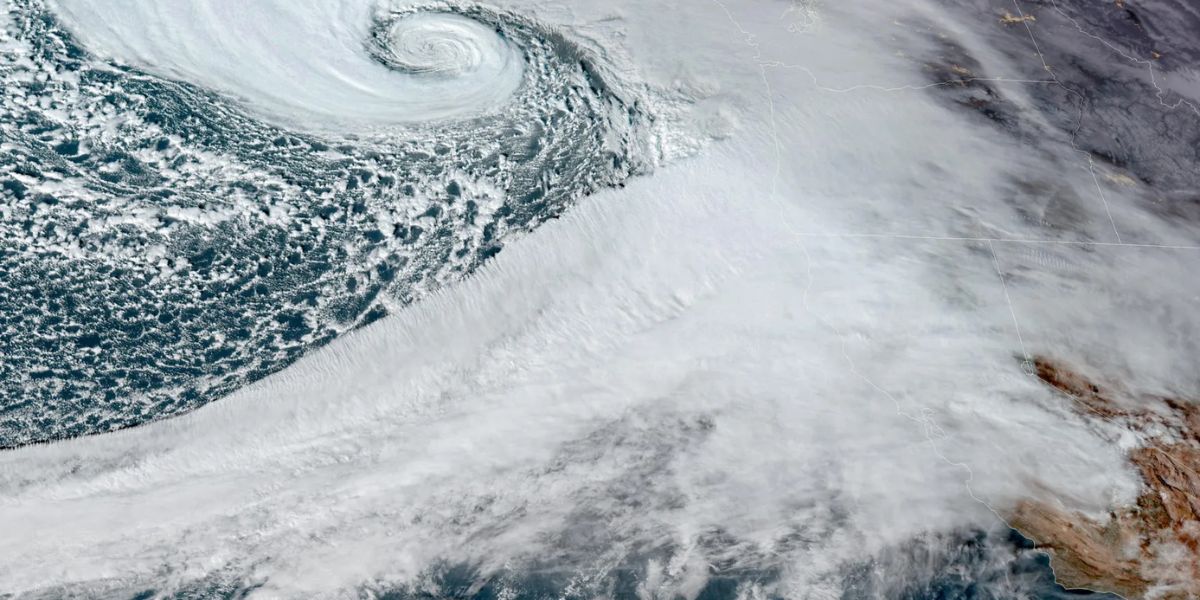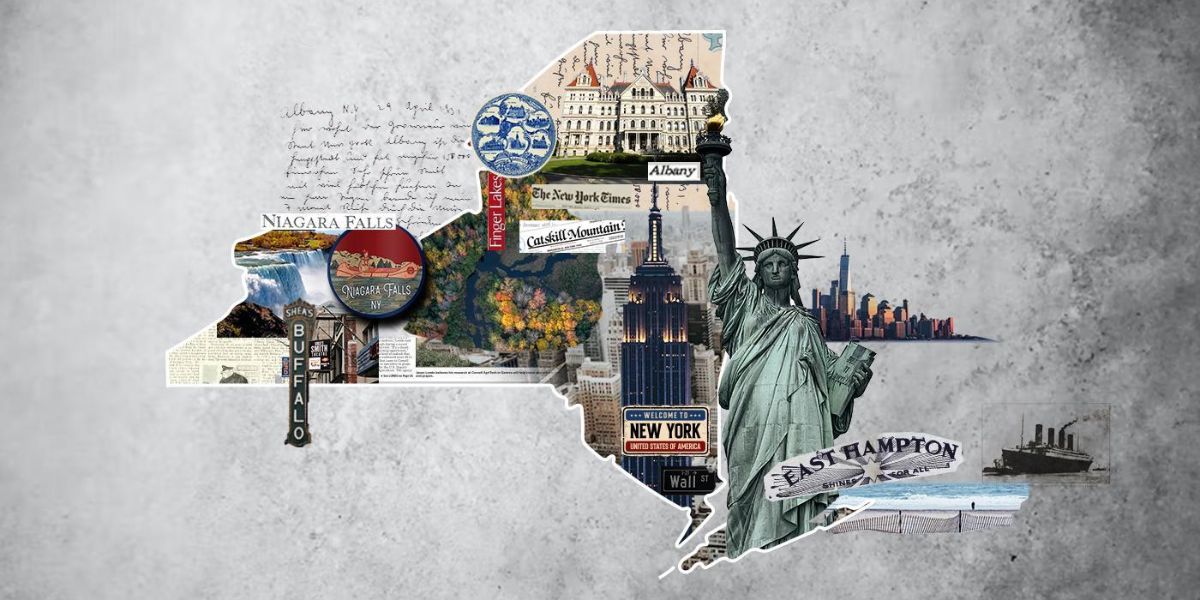MJP –
New York State, often associated with towering skyscrapers, bustling streets, and an iconic skyline, is facing a crisis beneath the surface that threatens to turn the Empire State into an environmental nightmare.
From overflowing landfills to polluted waterways and the looming dangers of climate change, New York’s future is looking disturbingly grim.
While the state has made headlines for its cultural and economic power, it’s time to take a hard look at the environmental issues that could make the state downright disgusting in the coming years.
1. Waste Management Crisis: Landfills Overflowing
The first sign of trouble is one most residents are already seeing firsthand: New York’s waste management system is on the brink of collapse. With more than 8 million people living in New York City alone, waste generation is at an all-time high, and the city’s landfills are reaching critical capacity.
While efforts to reduce waste through recycling programs have had some success, the sheer volume of garbage being produced each day is outpacing current infrastructure.
The city’s most prominent landfill, Fresh Kills on Staten Island, once the world’s largest landfill, closed in 2001. However, much of New York’s trash now gets shipped out to other states—creating an environmental burden in nearby areas and raising questions about long-term sustainability.
As other nearby landfills hit capacity, the city could be faced with nowhere to put its trash. As it stands, New York is running out of space to dump its waste. If no significant reforms are made, the state could soon be overwhelmed by a sea of garbage.
2. Waterways: A Brewing Disaster

From the Hudson River to Long Island Sound, New York’s waterways are in trouble. For decades, pollution has been pouring into the state’s rivers and streams—heavy metals, sewage, and chemicals from industrial runoff—all combining to make the water dangerous to drink, swim, or even touch.
The most recent scandal involves New York City’s water treatment plants, which have been unable to keep up with the volume of stormwater runoff that floods the system during heavy rainfall. This has led to untreated sewage being discharged into the waters.
On Long Island, the issue is even more concerning. The region’s aquifers, which supply millions of residents with fresh water, are becoming increasingly contaminated with nitrates, pesticides, and other pollutants from agricultural runoff. If this trend continues, New Yorkers could face a serious drinking water crisis that could turn an iconic state into one with undrinkable water supplies.
Get Ready for a Snowier Season: New York’s Winter Forecast Includes Uptick in Snow
Even though New York has invested in clean water initiatives, such as the state’s $500 million funding plan to reduce pollution and protect the water quality of its lakes and rivers, the threat of further degradation remains high. If climate change continues to cause more extreme weather events, storm surges and flooding will only exacerbate pollution in these vital waterways, turning once-pristine rivers into toxic cesspools.
3. Air Quality: Breathing in Toxic Air
New York is not just battling problems below the ground and on the surface—it’s also facing an air quality crisis. In recent years, the state has seen spikes in air pollution, particularly from vehicle emissions and industrial processes. While New York City has made strides in improving air quality, surrounding areas like Buffalo and Albany still struggle with unhealthy levels of pollutants.
Fine particulate matter (PM2.5) and nitrogen dioxide (NO2) are consistently above safe levels, contributing to a range of health problems including asthma, bronchitis, and heart disease.
One of the most alarming trends is the increase in wildfires across the state, a direct result of hotter, drier summers linked to climate change. The smoke from wildfires, both local and from as far away as Canada, often drifts into New York, leaving residents breathing in polluted air for days or even weeks at a time. As the state becomes more prone to extreme weather events, air quality will continue to worsen, making it harder for people to breathe easy—literally.
4. Climate Change: More Extreme Weather, More Destruction
New York Blast: At Least 29 Injured as Authorities Uncover Second Device in Manhattan
Speaking of climate change, New York is one of the states most vulnerable to its effects. Rising sea levels threaten coastal areas, while hotter summers and stronger storms threaten agriculture and infrastructure. Hurricane Sandy, which devastated parts of the state in 2012, is just a preview of what the future could hold. More frequent and severe storms, combined with flooding, will exacerbate issues of waste management, pollution, and disease.
While New York has committed to ambitious climate goals, such as reducing greenhouse gas emissions by 40% by 2030, the road ahead is full of obstacles. A failure to act swiftly could lead to more disastrous weather events and irreversible environmental damage. If the state doesn’t adapt to the changing climate—by investing in flood defenses, renewable energy, and sustainable practices—its future could become not just unsustainable, but outright disgusting.
5. Wildlife Decline: A Bleak Future for Biodiversity
Finally, the state’s wildlife is under threat. From the forests of the Adirondacks to the marshes of Long Island, New York is home to a wide array of species. But climate change, habitat loss, and pollution are pushing many species to the brink of extinction.
The iconic Adirondack moose, for instance, is struggling to survive in a warming climate. Other species, like migratory birds and amphibians, are also facing dwindling populations due to changes in their natural habitats.
The decline in biodiversity isn’t just an ecological concern—it’s an environmental disaster waiting to happen. Healthy ecosystems are crucial for water filtration, air quality, and even agricultural production. As species disappear, so too do the natural services they provide. This could leave New York not only physically filthy but ecologically impoverished, with ecosystems that no longer function properly.
Conclusion: The Road to a Disgusting Future
New York’s environmental problems are not only massive but interconnected. Waste, pollution, and climate change feed into one another, creating a perfect storm of degradation.
While the state has made significant efforts to address these challenges, the reality is that without substantial changes in policy, infrastructure, and public behavior, New York is headed toward an increasingly “disgusting” future. From toxic waters to polluted air and overflowing trash heaps, the future could be far from the sparkling, world-renowned destination it once was.
It’s time to wake up. The Empire State stands at a crossroads: either we take bold action to protect and restore the environment, or we allow the very forces of pollution and neglect to turn it into an ecological wasteland.




